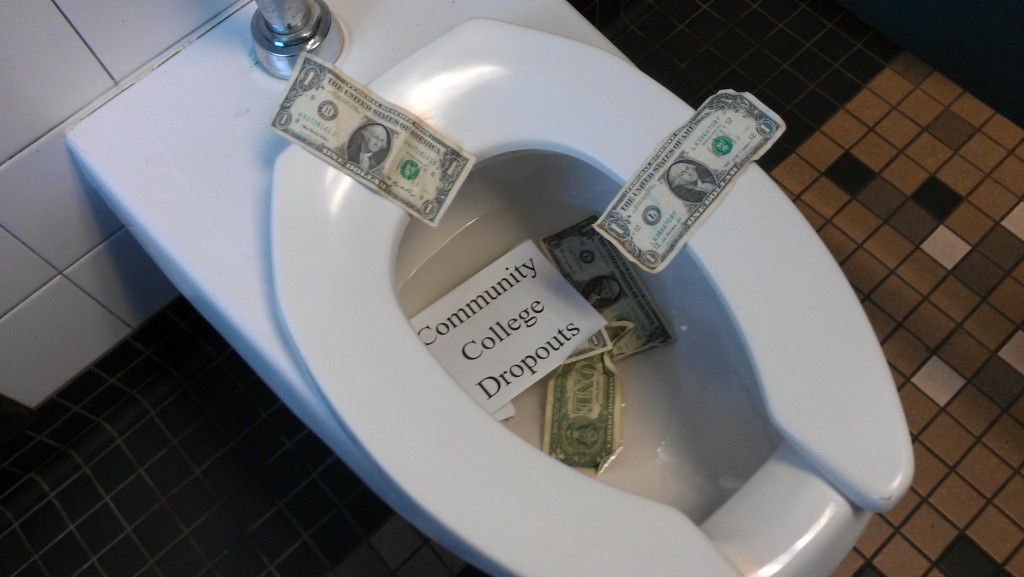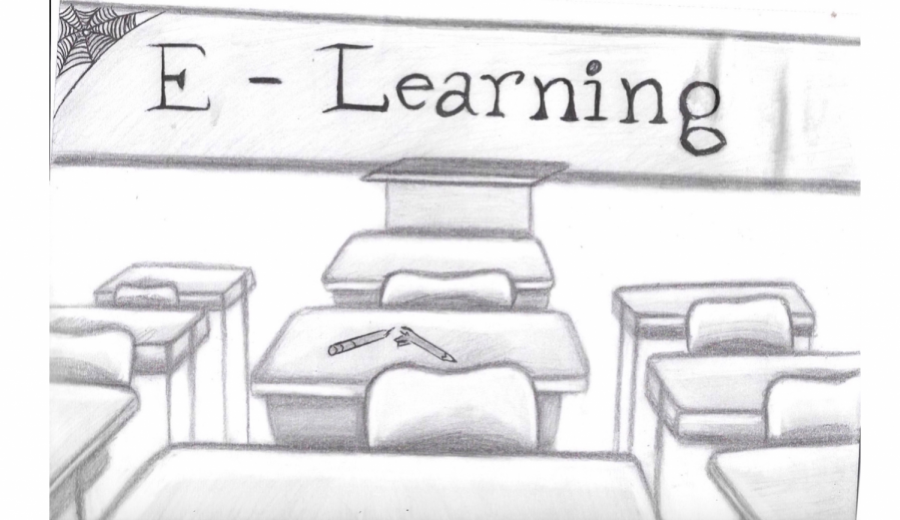According to a recent study, millions in state and federal funds are spent every year on community college students who drop out during their first year.
Over the last five years, almost $4 billion in federal, state, and local taxpayer funds went to community college freshmen who dropped out during or after their first year as discovered by the American Institutes for Research in a new study. The report entitled “The Hidden Costs of Community Colleges” nails California as the state with the highest amount of state and local expenditures, about $130 million, going to first-year community college dropouts.
“Far too many students who enter into community colleges leave their school without a degree or certificate,” says Mark Schneider, vice president of AIR and co-author of the report. “In fact, six years after enrolling, just about half of full-time community college students are no longer enrolled in any college or university and have not earned a certificate or degree.”
The report and its authors are in no way advocating that federal, state, and local government divest in community college, and actually hail the system as “an essential component of America’s higher education”. The importance of the community college system is reflected in its enrollment numbers, which the AIR’s research estimates have increased by 25 percent over the past decade.
But the authors of the report believe that for the amount of money that is going into the system, the failure rates of students are far too high.
“In 2009 more than 800,000 of these students stood at the starting gate,” the report says. “But far too many will fail to cross the finish line and far too few will even finish the first lap.”
The report does not place the blame squarely on the shoulders of students, but instead cites problems in the community college system, such as the inability to educate students who are not college ready, not knowing what works for particular students in remedial education, as well as the “lack of support services that community colleges offer”.
Taking issue with the focus of the AIR report is Christian Etienne, who as a Skyline College student senator, is an example of the success of the existing community college system.
“I do not entirely agree with this report, because their focus is only on the amount spent on the community college students who drop out and not the success rate of the students,” Etienne said. “They do not talk about the percentage of students that are graduating with a degree or earning a certificate.”
Despite the large amount of California State funds spent of first-year dropouts, the retention rates at Skyline College are encouraging. According to the US Department of Education, 73 percent of students returned to Skyline after their first year, almost identical to private four-year universities.
Skyline College seems to be the exception to the rule, with the ACT
Retention Report calculating the national average for community college retention at a more modest 56 percent.
The AIR report has no shortage of ideas on how to help increase retention rates and graduation in community colleges. For example, the report suggests shortening the time it takes to reach graduation, “by allowing students to earn credits for proven competencies rather than through seat time.” This way student will not waste time in classes they don’t need.
Perhaps a more controversial recommendation is the creation of an incentive program to improve retention and graduation rates. The study suggests that the states consider “performance budgeting—rewarding colleges with more money if they improve the success of their students.”
ASSC Senator Etienne is not completely adverse to some of the changes proposed by the AIR report.
“I believe that in any institution or organization, there is always room for improvement,” Etienne said. “I think a lot of the propositions made by the AIR are very good and they could provide great results if they are well executed. However, that will not necessarily reduce the (monetary) cost of supporting community college students.”















